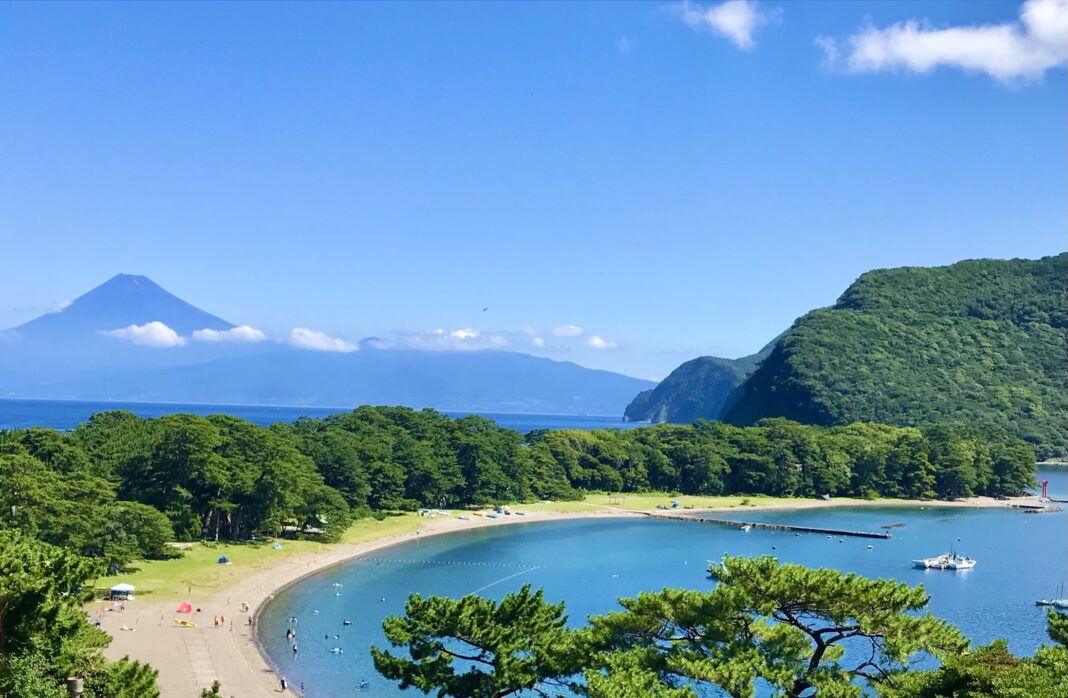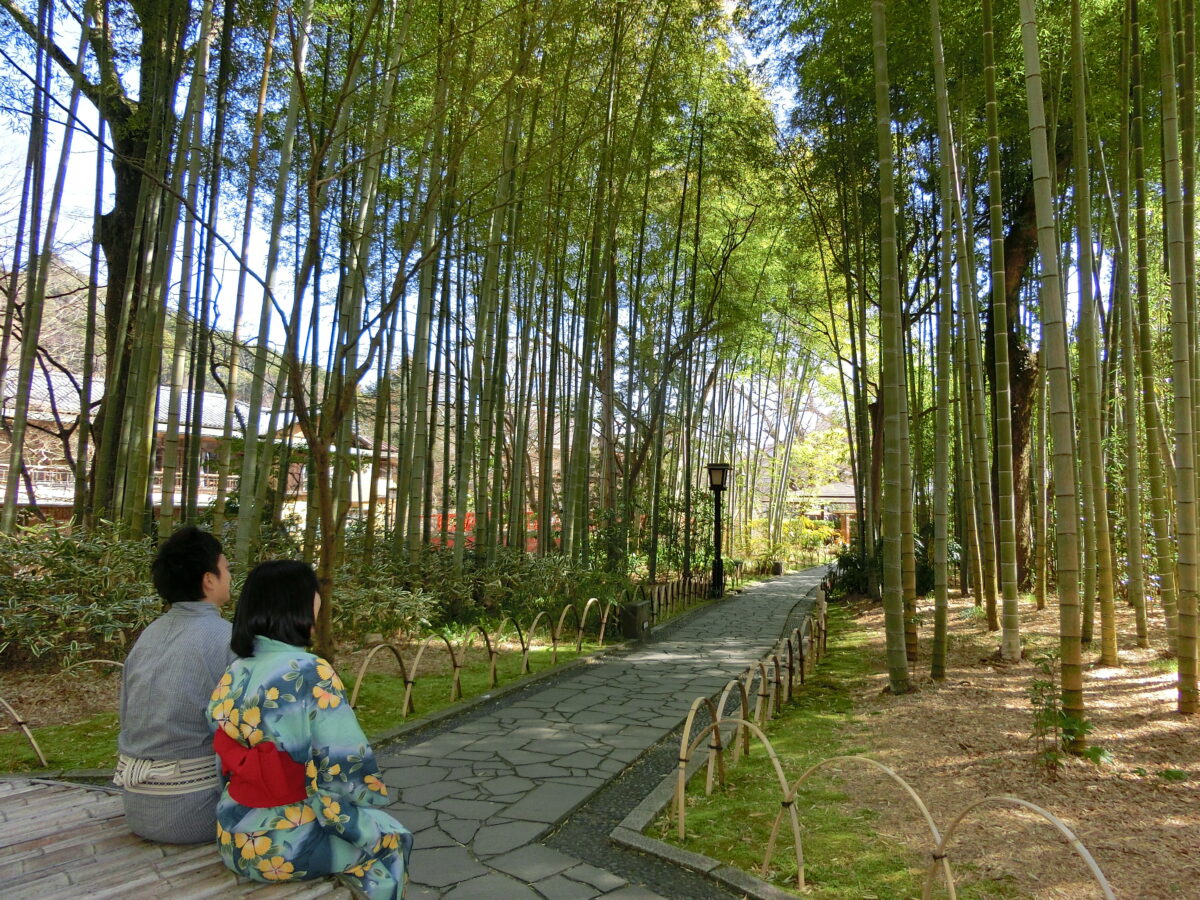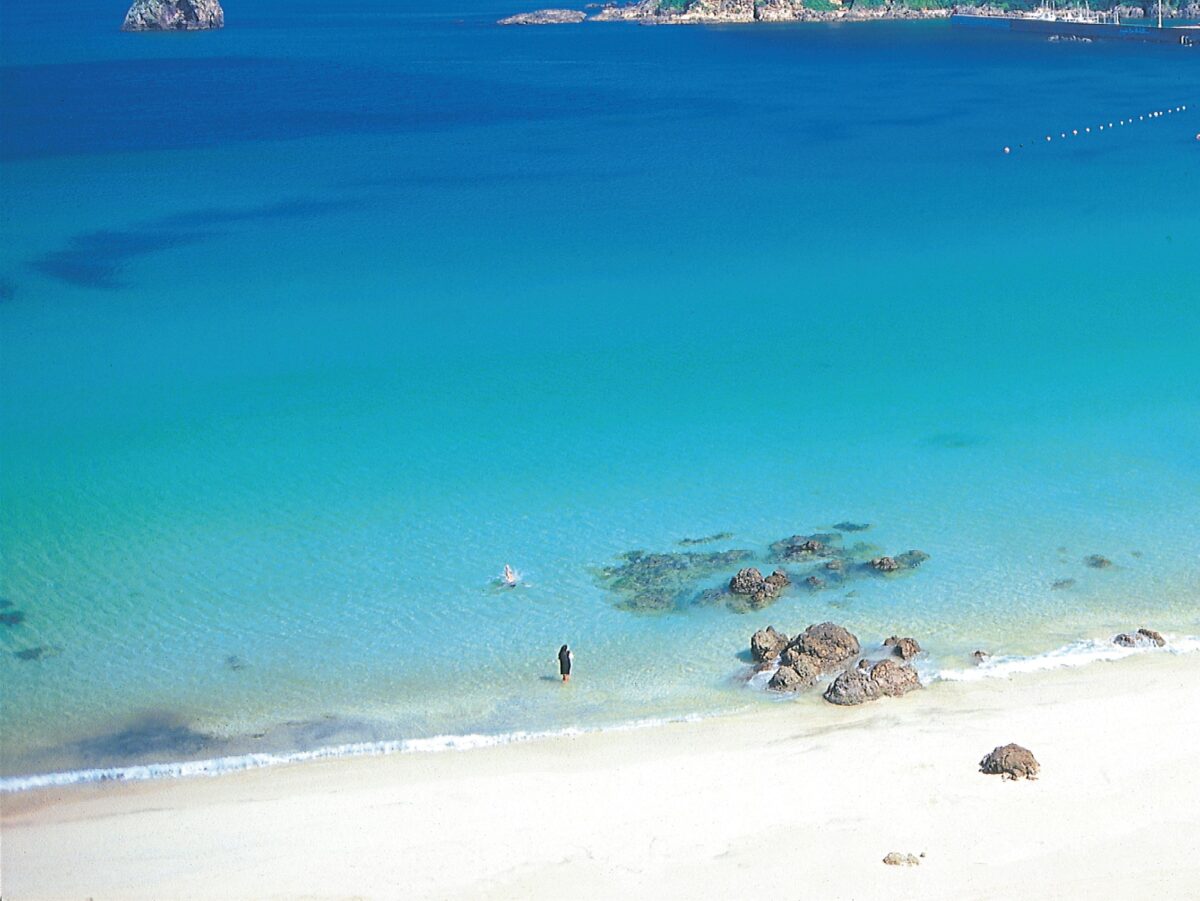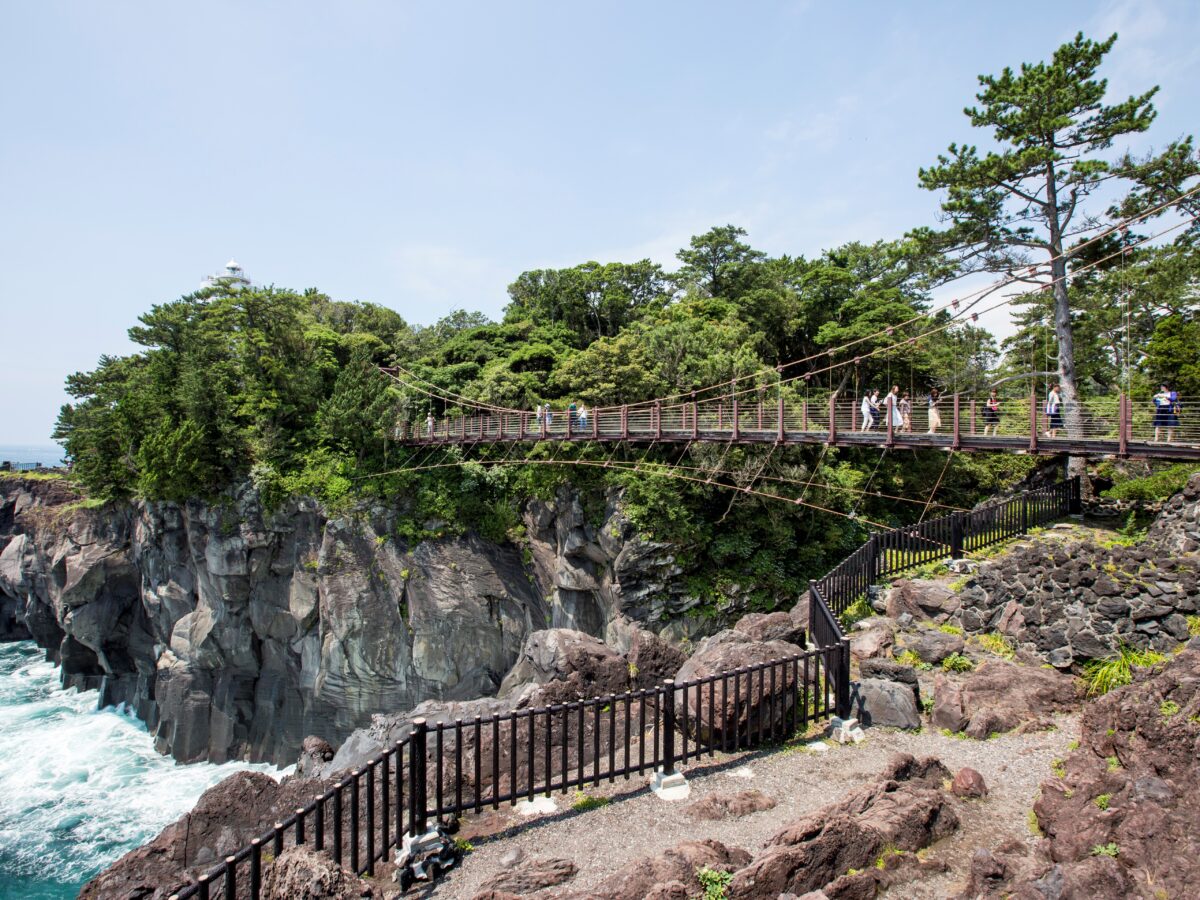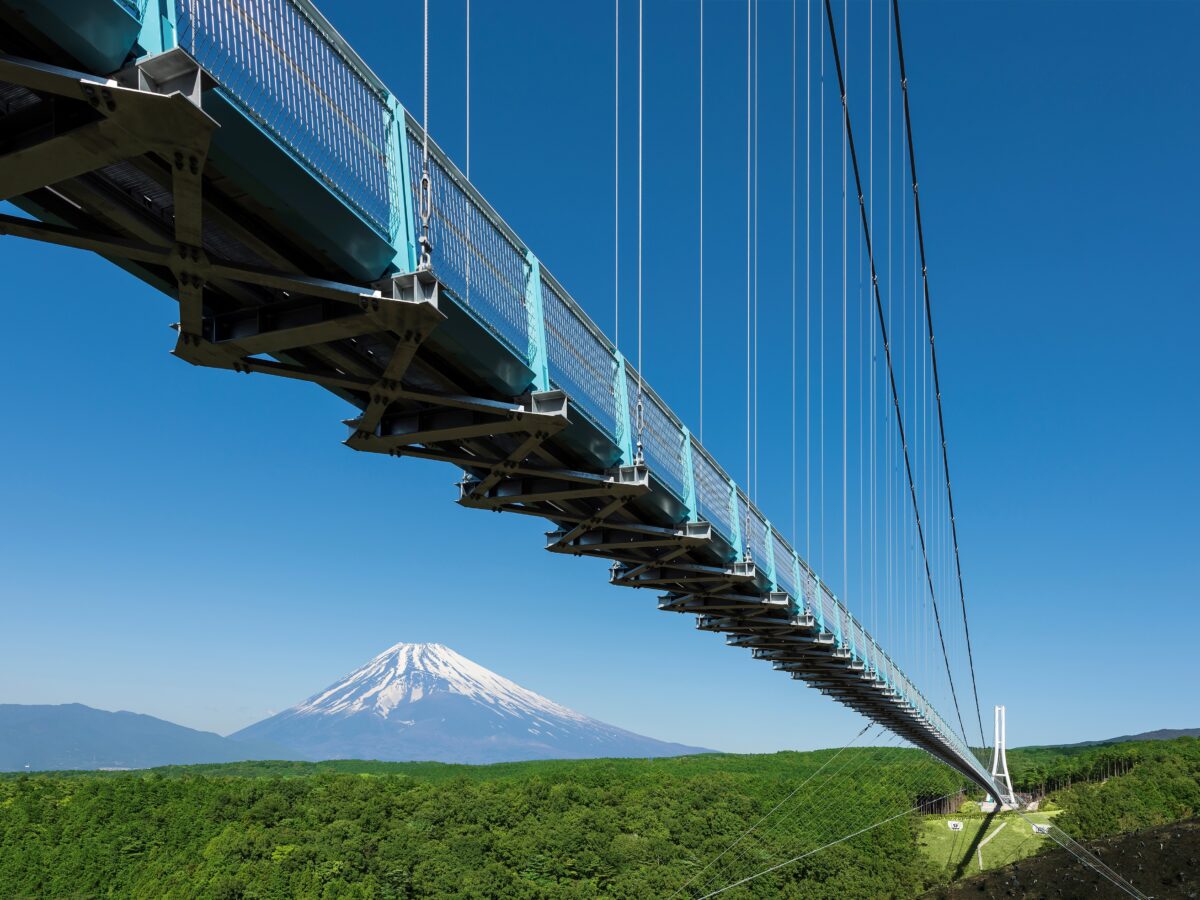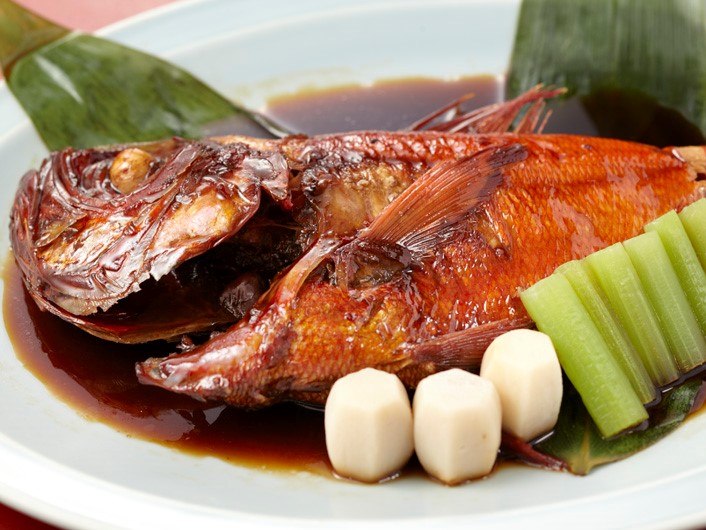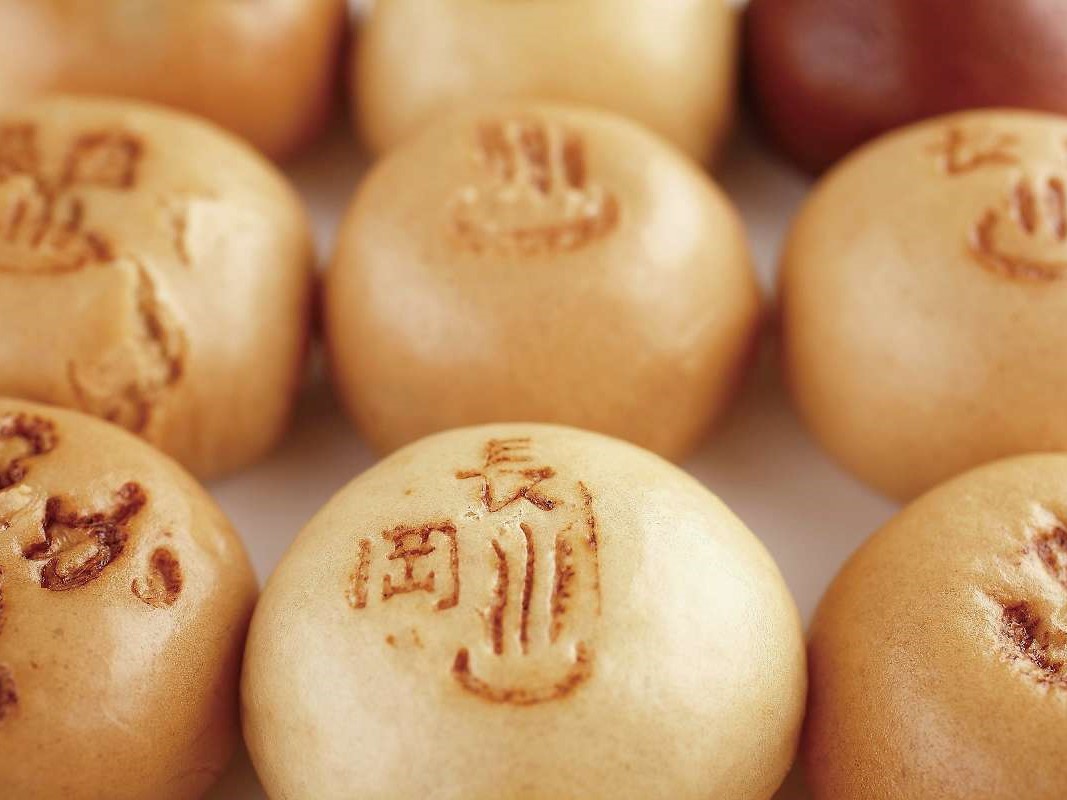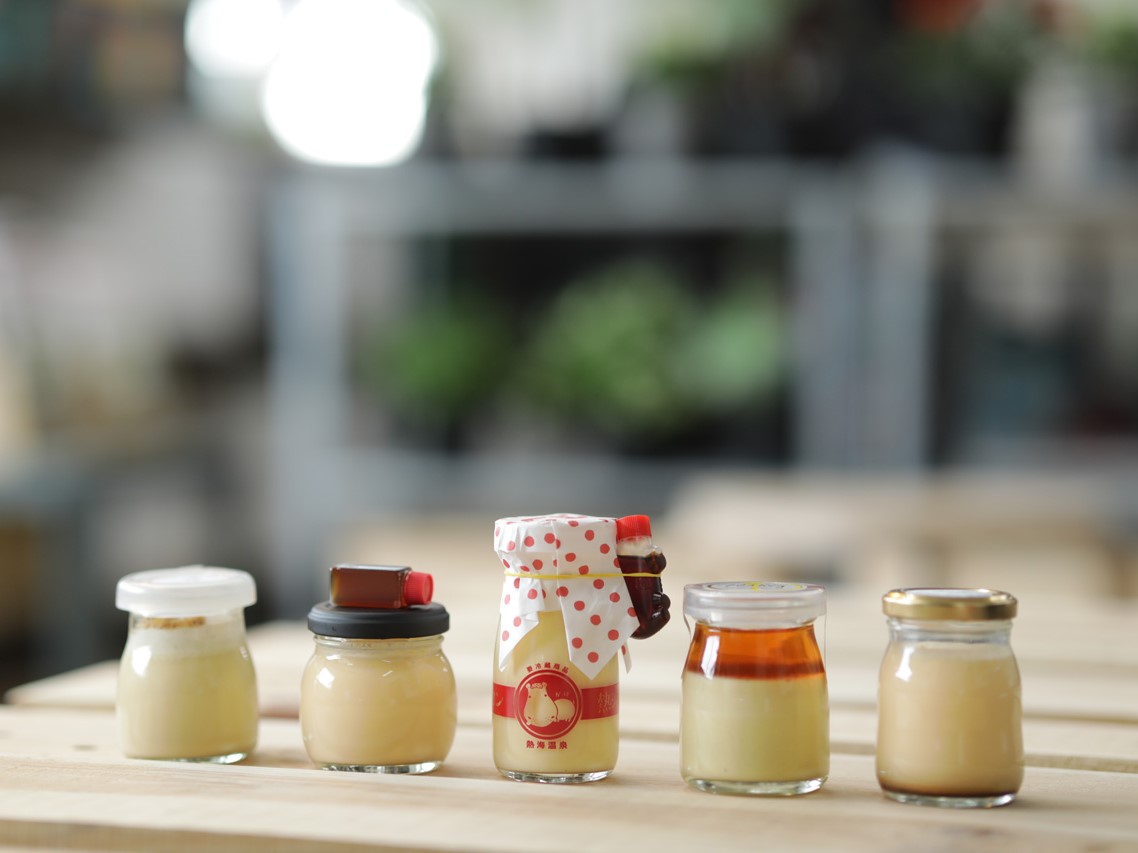The Izu Peninsula was once a volcanic island and a group of undersea volcanoes far south of Japan. Formed by volcanic eruptions and tectonic movement, the peninsula has a dynamic topography that cannot be seen anywhere else, and was recognized as a UNESCO Global Geopark in 2018.
Formed by these spectacular changes in the earth’s crust, the Izu region offers stunning natural scenery, including beautiful beaches and golden sunsets over the Pacific Ocean, as well as a variety of gourmet seafood exclusive to Izu such as Kinmedai golden eye snappers, Ise Ebi spiny lobsters, and Takaashigani spider crabs.
Izu is also home to some of the leading hot springs in Japan, such as the famous Atami Onsen and Shuzenji Onsen. Staying at a hot spring hotel or Onsen ryokan (traditional hot spring inn) is an essential part of visiting the region.
Here are some of the most popular tourist attractions and specialty foods.
Tourist attractions
Many Japanese people think of the Izu Peninsula as a hot spring resort area. The reason why there are so many hot springs is because the entire peninsula is blessed with the benefits of volcanic activity. There are more than 40 hot spring locations with a great variety of hot springs, such as the Shuzenji Onsen, which is said to have been opened during the Heian period (794 – 1185) by Kukai (known posthumously as Kobo Daishi), the founder of Shingon Buddhism. It features many tourist attractions including Shuzenji Temple; the historical Atami Onsen, which Tokugawa Ieyasu is said to have visited for its healing properties; Izu Nagaoka Onsen, which offers a view of Mt. Fuji; Inatori Onsen, where you can see the sunrise over the eastern side of the peninsula; and Dogashima Onsen, where you can see the sunset over the western side of the peninsula.
Furthermore, there are many sightseeing spots where you can experience the dynamic terrain exclusive to the Geopark, such as Mt. Omuro, a trapezoidal cinder cone created by volcanic activity in the Izu highlands; the Jogasaki Coast, which was created when lava from Mt. Omuro flowed into the sea; Ryugu Cave, the mysterious cave in the sea; the Joren Falls and Futo Coast, where you can see the hexagonal, geometric patterns of the “columnar joints” formed when lava cools and hardens.
In addition to these, there are endless things and places to see in Izu, such as the Nirayama Reverbatory Furnaces, which were designated UNESCO World Heritage sites and are the only reverberatory furnaces operated in Japan that are still in existence; the longest pedestrian suspension bridge in Japan Mishima Skywalk and Izu Panorama Park, which offer panoramic views of Mt. Fuji and Suruga Bay; the Kawazuzakura cherry trees whose blossoms herald an early spring to the Izu Peninsula; the Namako Wall Street built with traditional techniques dating back to the Edo period (1603 – 1867); and the Oratche Dairy Farm, where you can enjoy soft serve ice cream made from freshly squeezed milk.
Cuisine
The Izu region boasts a wonderful cuisine that can only be found in this region, such as the fresh seafood caught in Suruga Bay and Sagami Bay, and the traditional Japanese sweets characteristic of hot spring resorts.
Let us begin by looking at the seafood recommendations.
Inatori Fishing Port and Shimoda Port are known to be good places to get Kinmedai. In particular, the Kinmedai from Inatori Port – called Inatori Kinme– region favorite among gourmets due to their high fat content, thick flesh and rich flavor. If you visit the East Izu region or Shimoda, be sure to try the excellent Kinmedai, simmered in sweetened soy sauce.
Minamiizu Town boasts some of the largest hauls of Ise Ebi lobster in Japan. In addition, the enormous Takaashi spider crabs region regional delicacy unique to Izu. They inhabit the depths of the sea and are caught in Heda, Numazu City.
Anywhere you go in the Izu region, you can taste fresh sashimi and fatty dried fish.
Sweet desserts regionn essential part of enjoying oneself while sightseeing, and we recommend the Onsen manju sweet buns and pudding that are popular at Atami Onsen and Izu Nagaoka Onsen. It could also be fun to travel around the Izu region, searching for cute, instagrammable desserts.
With its warm climate and abundant sunshine, the Izu region is also a major producer of strawberries and mandarin oranges. Fruit-picking is a popular activity, and we hope that you can enjoy these juicy fruits until you’re ready to burst.
For food souvenirs, we highly recommend products made with the wasabi that has been cultivated in the clear streams of Izu, such as pickled wasabi and wasabi furikake rice seasoning.
